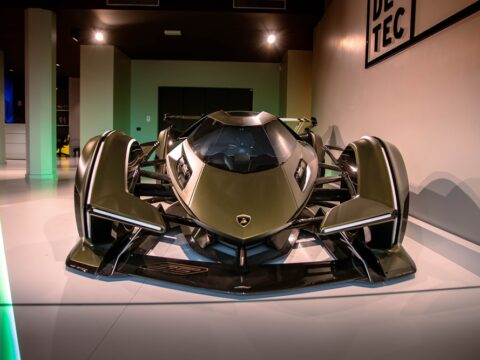Boats have always captured our imaginations, from luxurious yachts to powerful speedboats. But not all vessels can maintain their allure. In this article, we explore the rise and fall of 24 famous boats that once dominated the waters but eventually lost their charm. Discover the stories behind their fleeting glory and what led to their decline.
Contents
SS United States
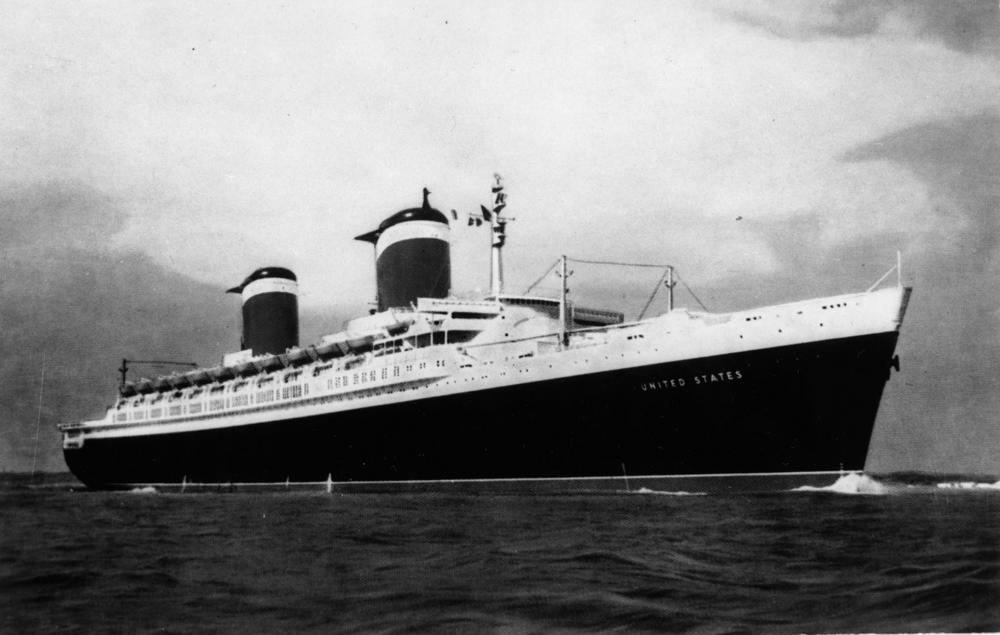
The SS United States was launched in 1952 and quickly became the fastest ocean liner, breaking transatlantic speed records. This luxurious ship symbolized American maritime prowess during its heyday. However, the advent of air travel diminished its appeal, leading to its decommissioning in 1969. Its swift rise and sudden fall make it a compelling story of changing transportation trends.
Queen Mary
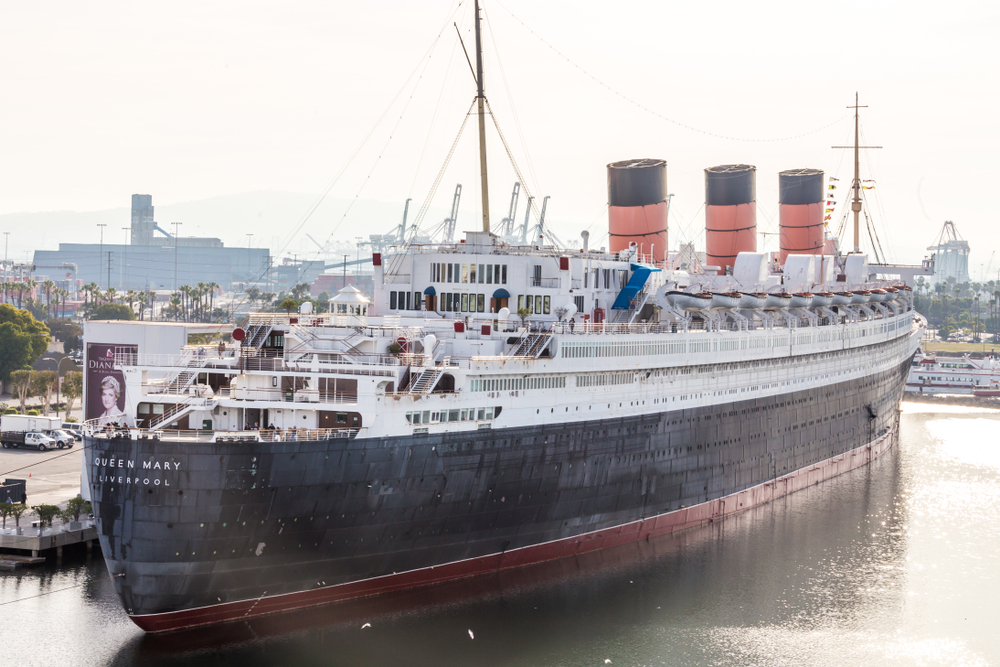
The Queen Mary was a beacon of luxury and elegance when it was launched in the 1930s, serving as a troopship during WWII and later as a glamorous ocean liner. However, it was retired in 1967 as air travel became the preferred mode of transatlantic transportation. The Queen Mary’s transition from splendor to obsolescence highlights the impact of technological advancements on maritime travel.
Titanic

The Titanic, launched in 1912, was the largest and most luxurious passenger liner of its time. Its tragic sinking on its maiden voyage after hitting an iceberg captured the world’s attention and remains one of the most infamous maritime disasters. The Titanic’s brief glory and catastrophic end illustrate the risks and unpredictability of early 20th-century ocean travel.
Bismarck
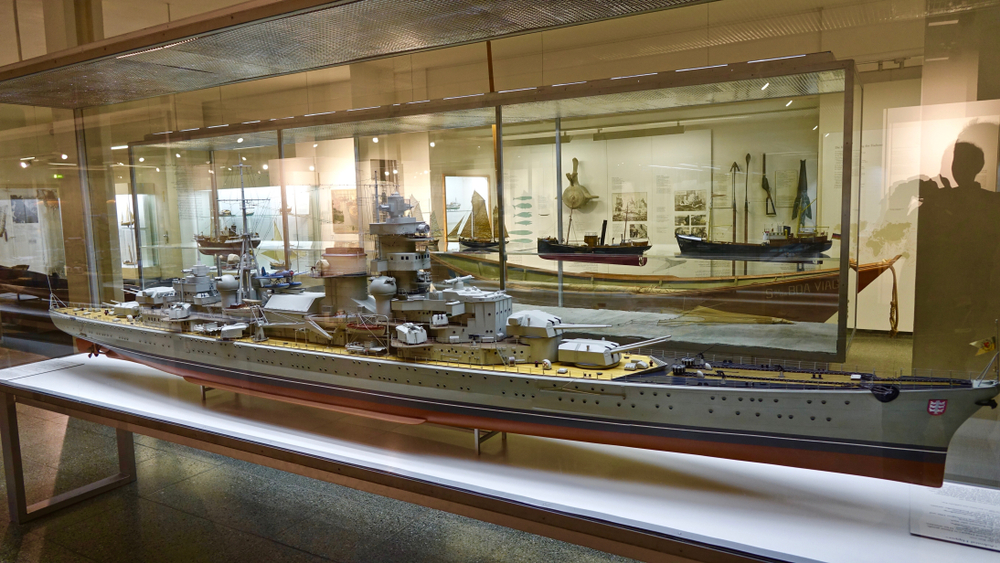
The German battleship Bismarck, launched in 1940, was renowned for its formidable firepower and armor. It became a symbol of Nazi naval strength during WWII. However, its destruction by British forces in 1941 marked a significant naval victory for the Allies. The Bismarck’s dramatic rise and fall underscore the fierce naval battles of WWII.
Yamato
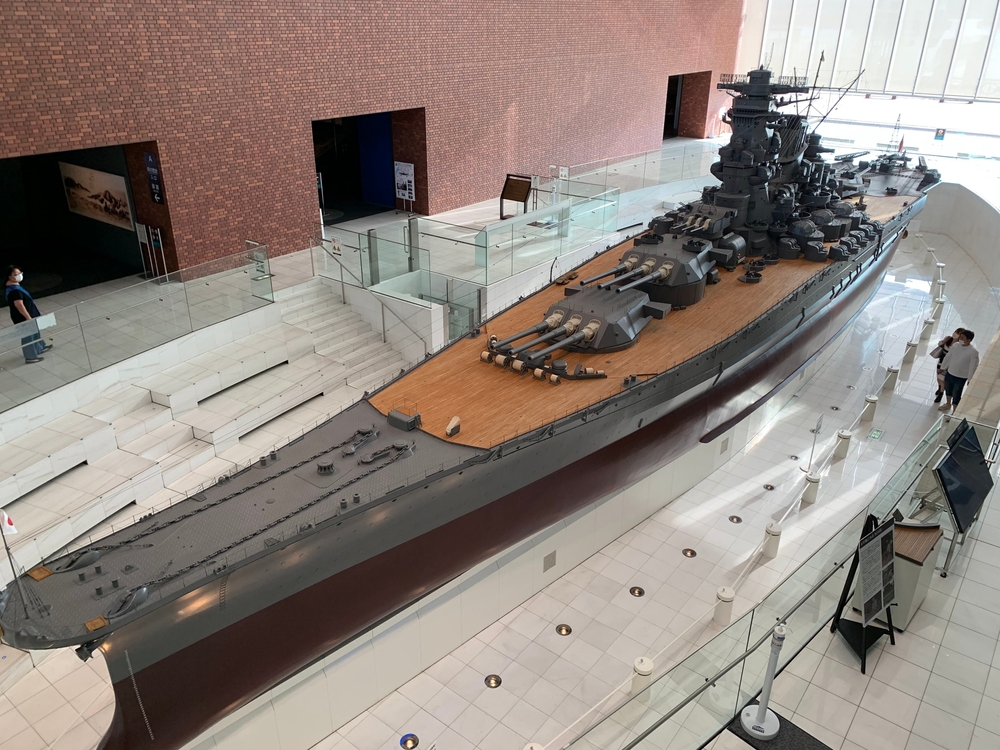
Launched by Japan during WWII, the Yamato was the largest battleship ever built, epitomizing naval power with its massive size and armament. Despite its formidable design, it was sunk by American forces in 1945, illustrating the shift in naval warfare towards air superiority. The Yamato’s story highlights the evolution of military strategy during the war.
HMS Victory
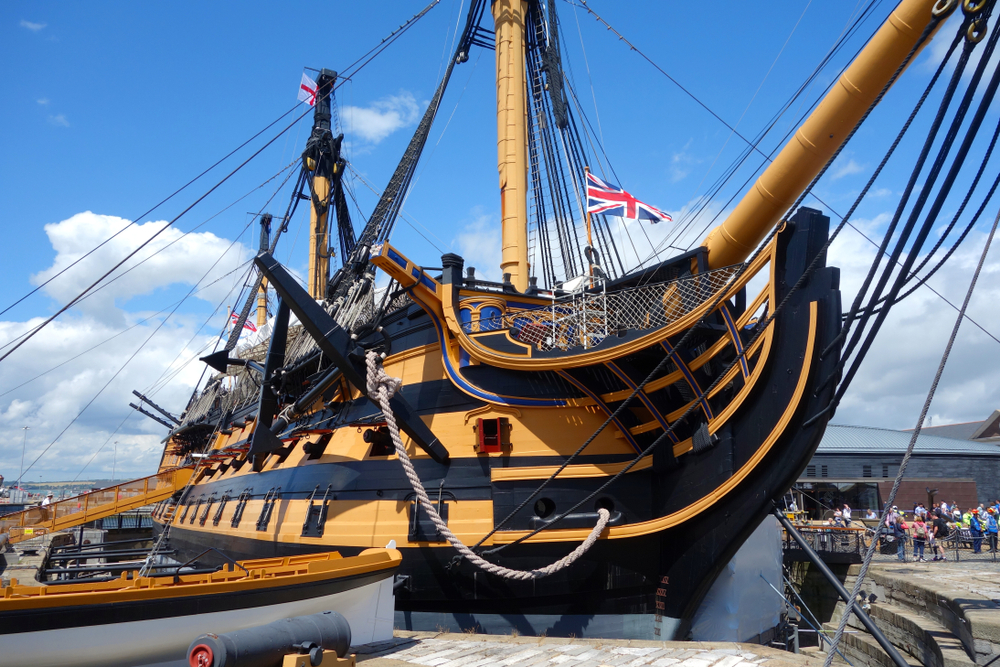
HMS Victory, launched in 1765, became famous for its role in the Battle of Trafalgar under Admiral Nelson in 1805. It remains an enduring symbol of British naval history. Now a museum ship, HMS Victory no longer sails but continues to attract visitors, representing the enduring legacy of naval warfare from the Age of Sail.
USS Enterprise (CV-6)
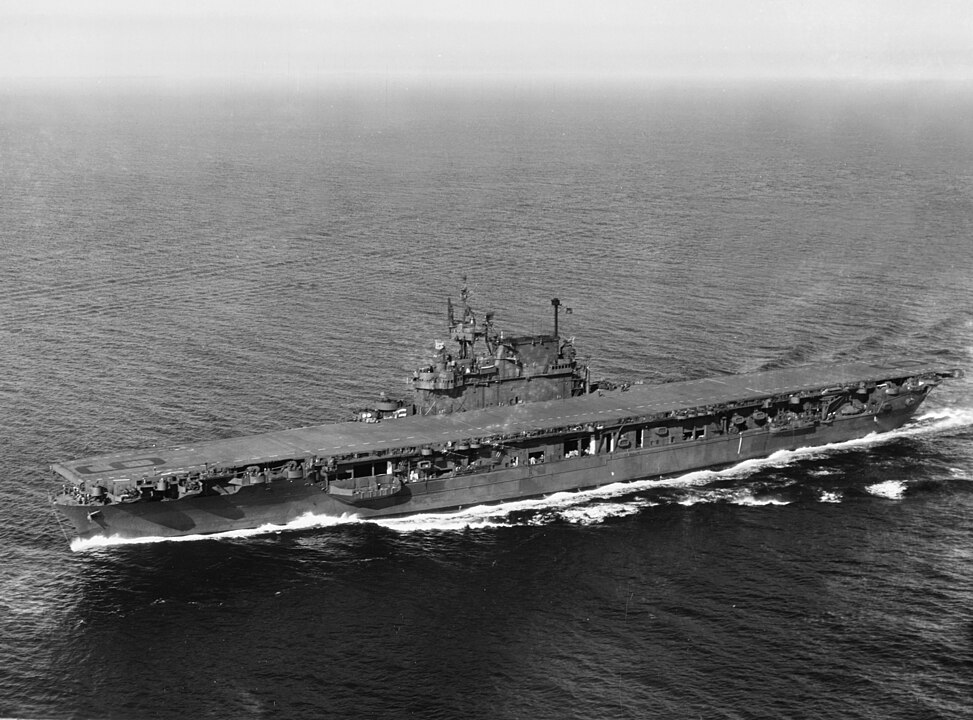
The USS Enterprise, launched in 1936, was a key aircraft carrier in WWII, participating in numerous significant battles. Known as the “Big E,” it earned more battle stars than any other U.S. warship. Decommissioned in 1947, its legacy of service and innovation in naval aviation remains influential, highlighting the importance of aircraft carriers in modern naval strategy.
Andrea Doria
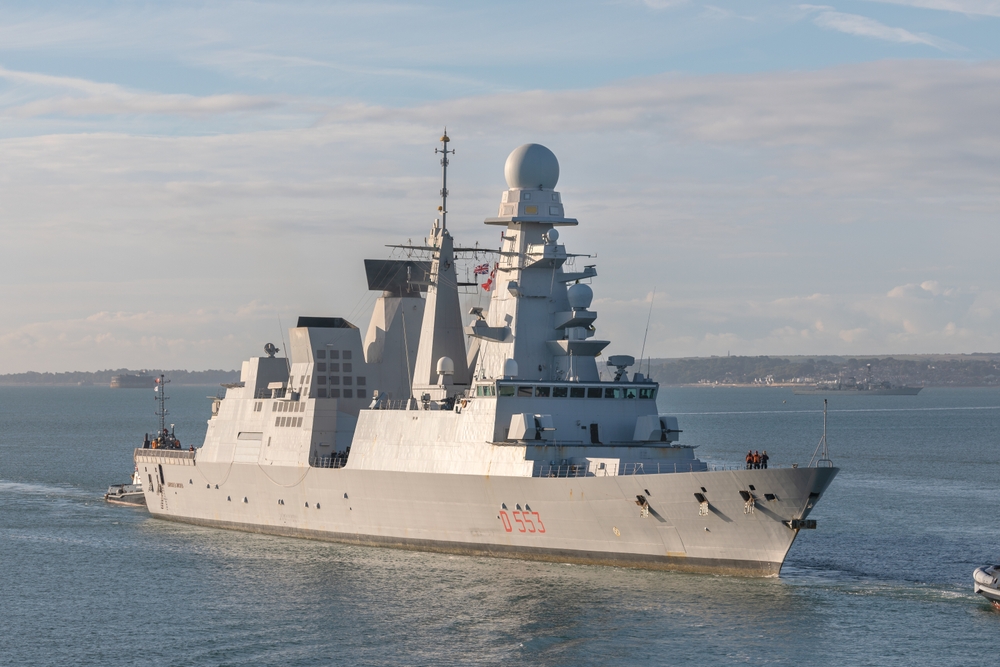
The Italian luxury liner Andrea Doria, launched in 1953, was celebrated for its elegance and speed. However, it tragically sank in 1956 after colliding with another ship. The Andrea Doria’s rise as a symbol of Italian maritime excellence and its dramatic fall emphasize the potential dangers of ocean travel even in modern times.
Graf Spee
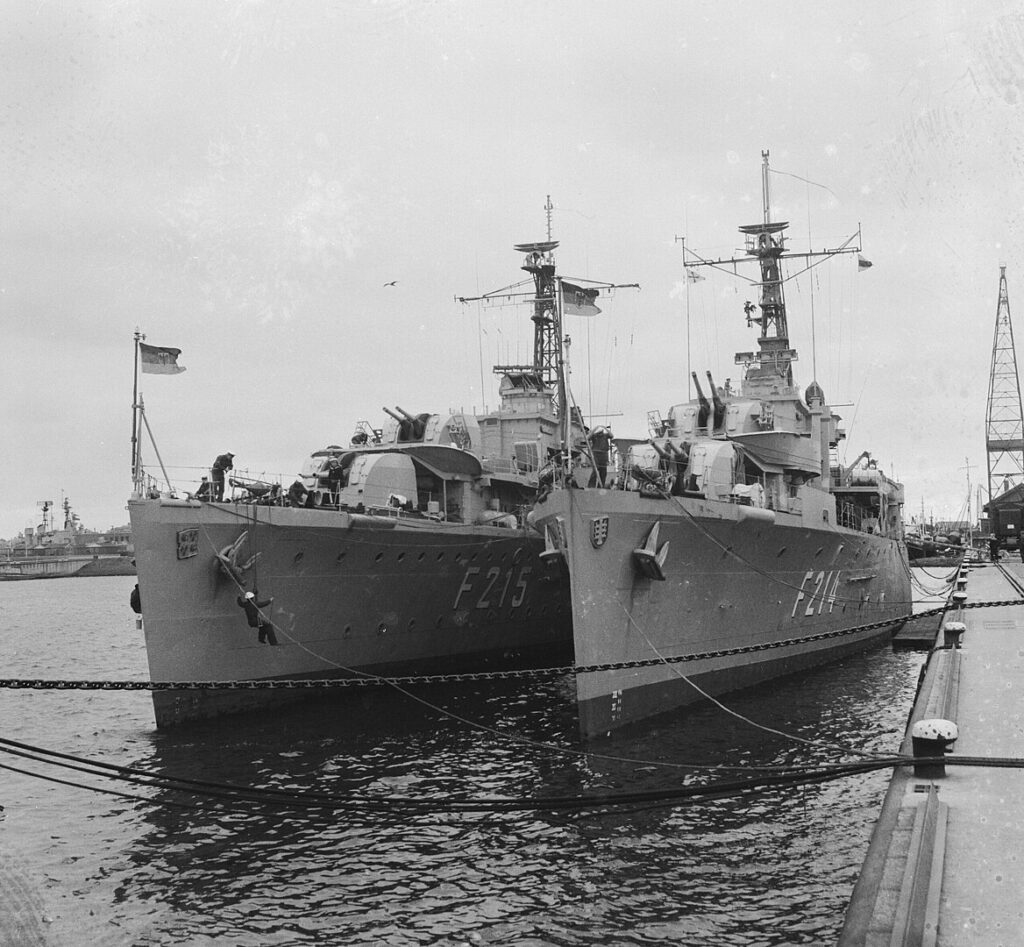
The German pocket battleship Graf Spee, launched in 1934, achieved early successes in WWII, becoming renowned for its speed and firepower. However, it was scuttled by its crew in 1939 to avoid capture by British forces. The Graf Spee’s short but impactful career highlights the intense naval engagements of the early WWII period.
USS Maine
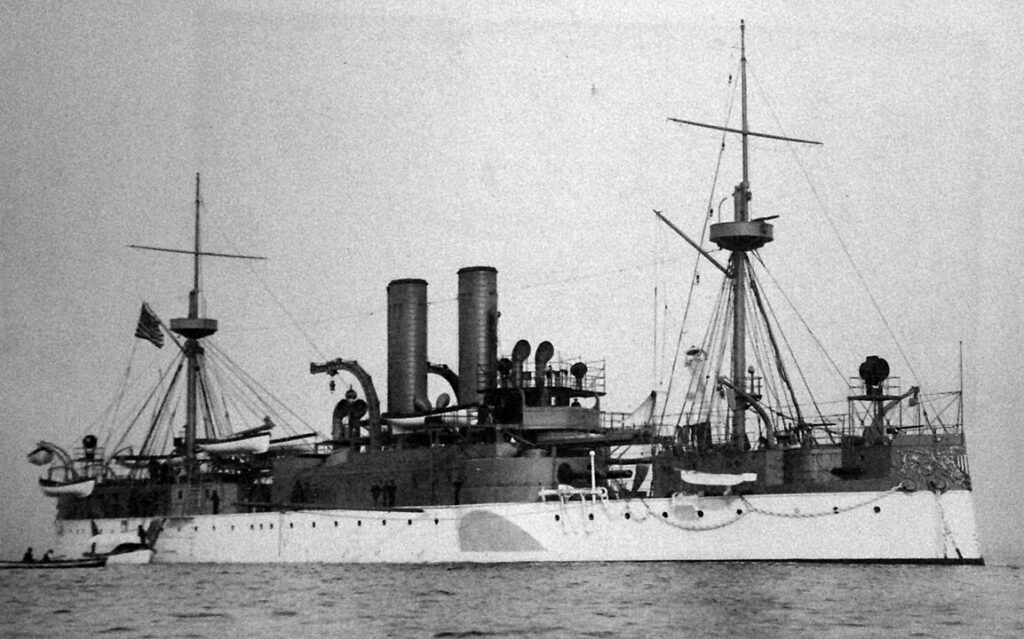
The USS Maine, launched in 1889, was a symbol of American naval power and played a crucial role in the Spanish-American War. Its explosion in Havana Harbor in 1898 led to the U.S. declaring war on Spain. The USS Maine’s mysterious sinking and significant historical impact underscore its importance in American naval history.
HMS Hood

Launched in 1918, HMS Hood was the pride of the British navy, known for its size and power. It played a prominent role in British naval operations until it was sunk by the Bismarck in 1941. The Hood’s catastrophic end after a long service period highlights the vulnerabilities even of the most powerful warships.
SS Normandie
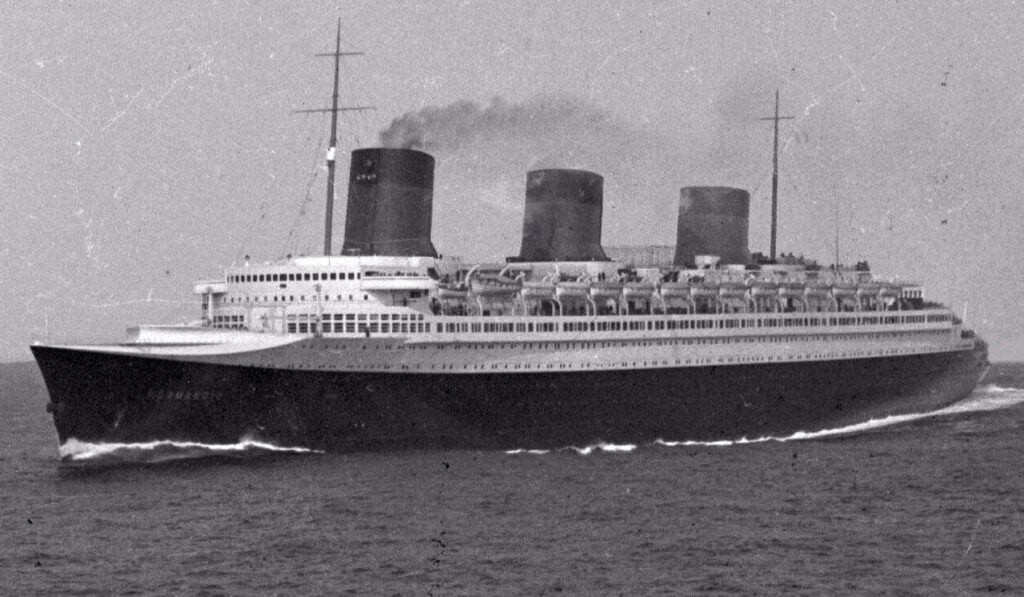
The French ocean liner SS Normandie, launched in 1932, was celebrated for its Art Deco style and unmatched speed. However, it was destroyed by fire in New York Harbor in 1942 while being converted for wartime use. The Normandie’s rise as a symbol of French elegance and its tragic fall illustrate the fragility of even the most advanced ships.
HMS Ark Royal

HMS Ark Royal, launched in 1937, was a crucial British aircraft carrier during WWII, participating in numerous battles. It was sunk by a German U-boat in 1941. The Ark Royal’s significant contributions to the war effort and its sudden loss demonstrate the vital and perilous role of aircraft carriers in naval warfare.
USS Arizona
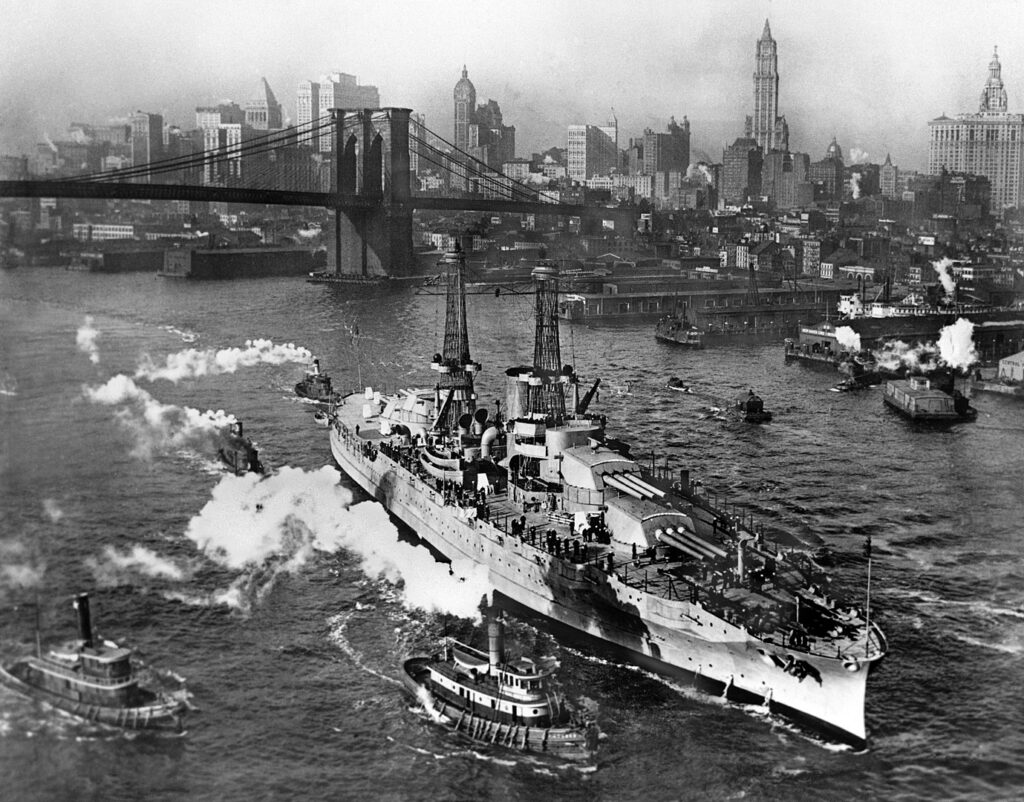
Launched in 1915, the USS Arizona was a symbol of American naval might. It was tragically sunk during the Pearl Harbor attack in 1941, resulting in significant loss of life. The Arizona’s enduring legacy as a memorial underscores the profound impact of its destruction on American history and the onset of WWII.
Vasa
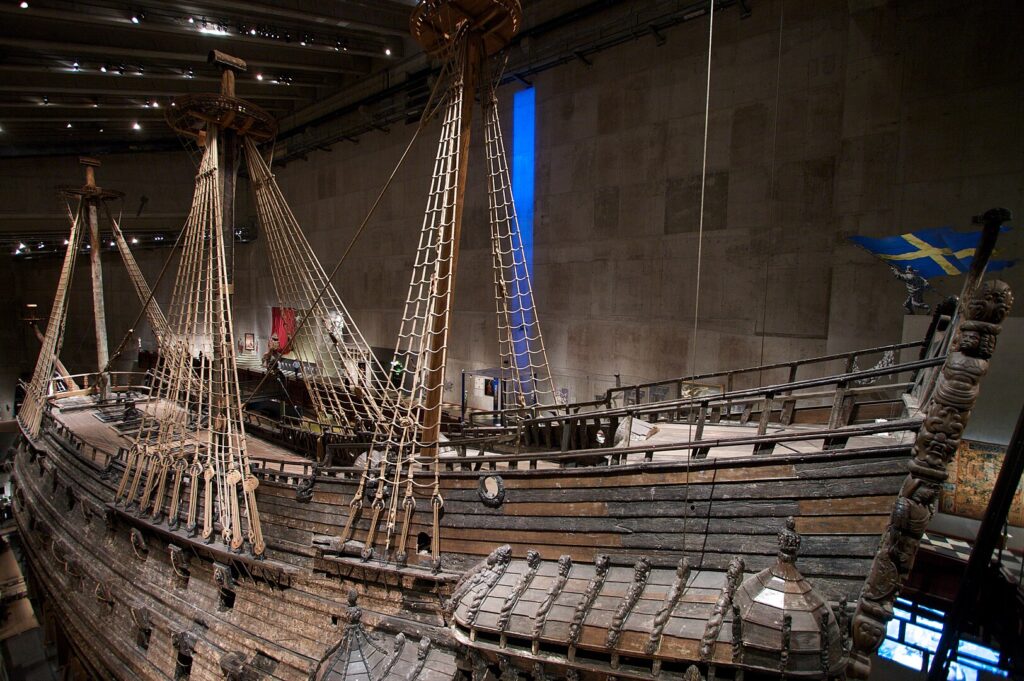
The Swedish warship Vasa, launched in 1628, was intended to be the most powerful of its time. However, it sank on its maiden voyage due to design flaws. The Vasa’s brief and ill-fated journey highlights the challenges of naval engineering and remains a poignant reminder of the perils of maritime ambition.
Mary Rose
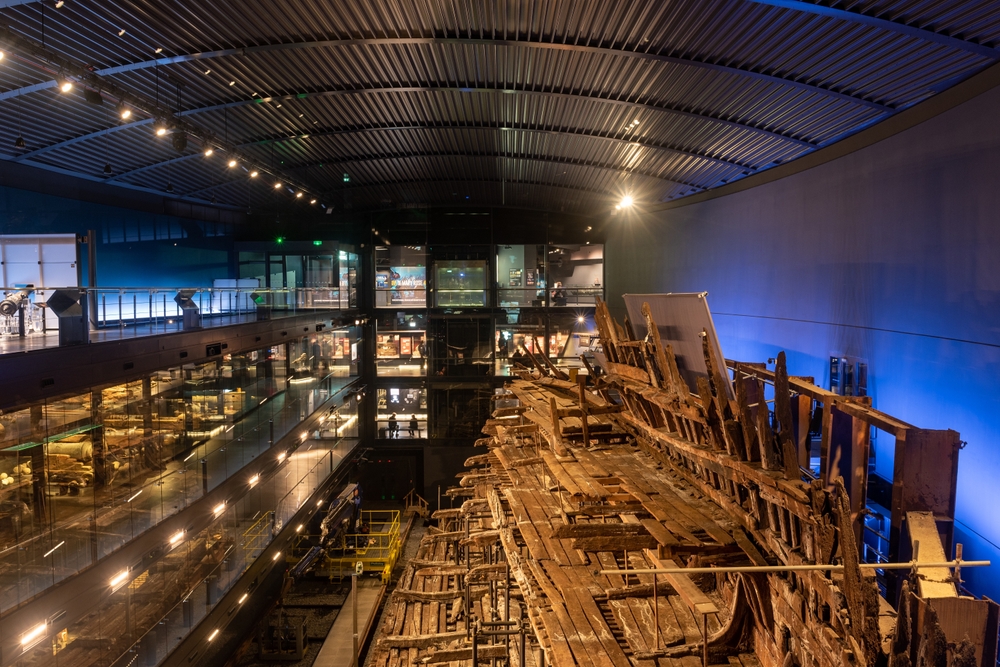
Henry VIII’s flagship, the Mary Rose, launched in 1511, was a symbol of Tudor naval power. It sank in 1545 during a battle against the French. Rediscovered and raised in the 20th century, the Mary Rose now serves as a fascinating archaeological site, offering insights into 16th-century naval warfare and life.
SS America
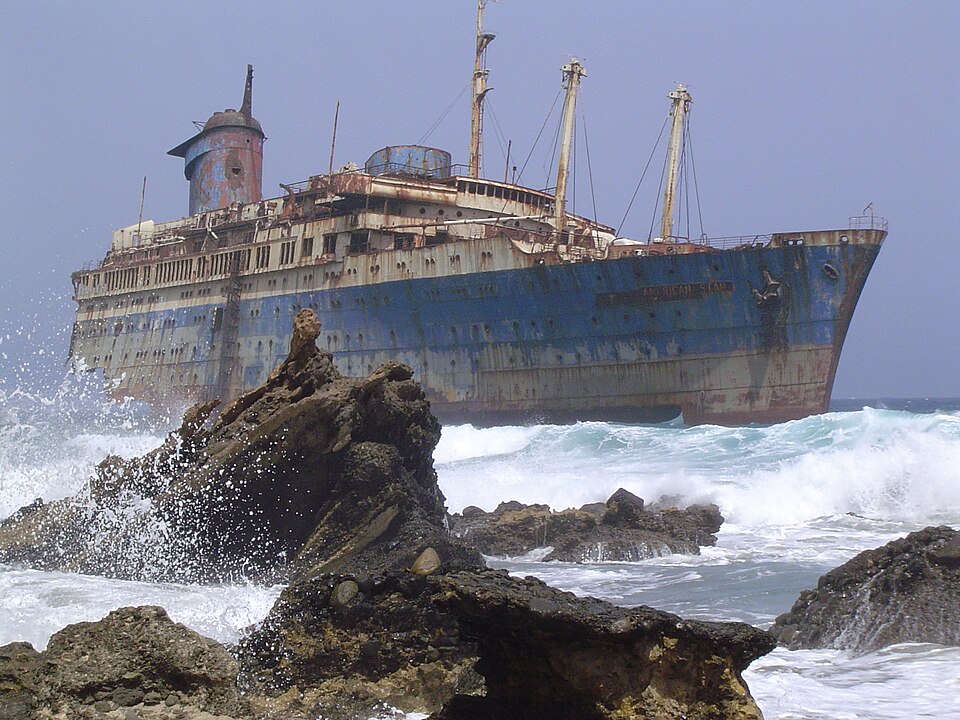
Launched in 1939, the SS America was a luxury ocean liner symbolizing American elegance and engineering prowess. However, it was abandoned and wrecked on the Canary Islands in 1994. The America’s rise and decline mirror the shifts in maritime travel and the challenges of preserving aging vessels.
HMHS Britannic
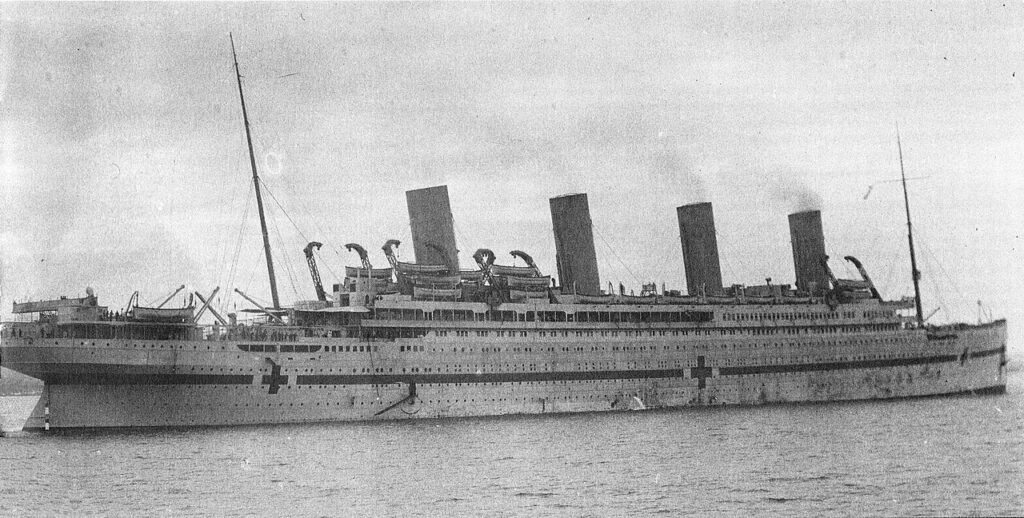
Sister ship to the Titanic, the HMHS Britannic was launched in 1914 as a hospital ship during WWI. It sank in 1916 after hitting a mine, fortunately with minimal loss of life. The Britannic’s service and tragic end reflect the wartime dangers even for non-combatant vessels.
RMS Lusitania
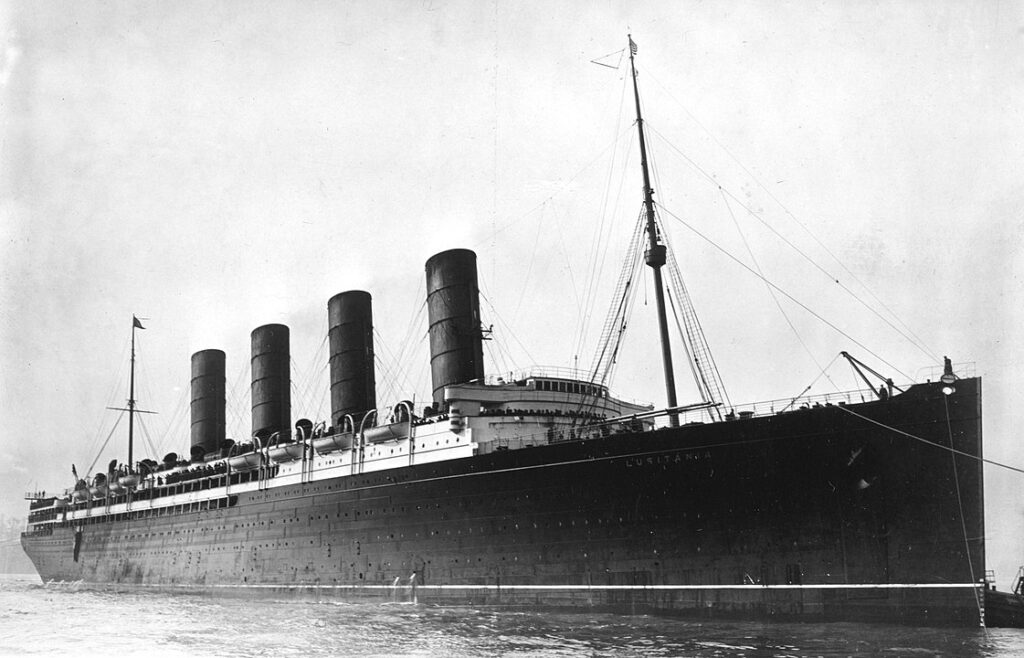
The British ocean liner RMS Lusitania, launched in 1906, was renowned for its speed and luxury. Its sinking by a German U-boat in 1915, leading to significant civilian casualties, played a crucial role in turning public opinion against Germany during WWI. The Lusitania’s dramatic story underscores the impact of naval warfare on civilian lives.
USS Indianapolis
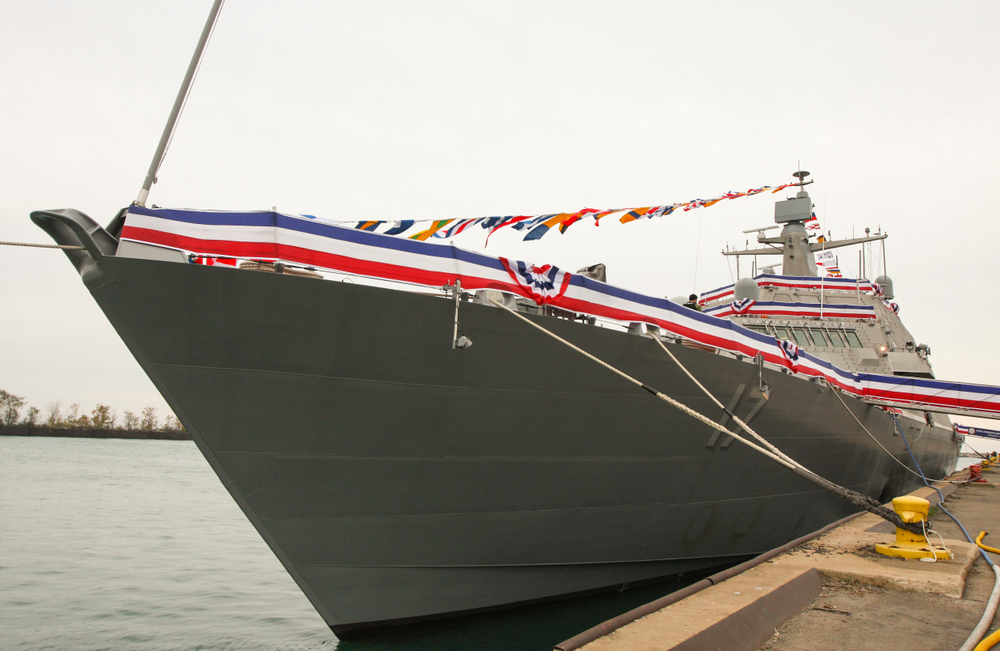
Launched in 1931, the USS Indianapolis was a heavy cruiser that played a pivotal role in delivering components for the atomic bomb during WWII. It was sunk by a Japanese submarine in 1945, resulting in one of the worst naval disasters in U.S. history. The Indianapolis’ service and tragic sinking highlight the high stakes of naval missions.
HMS Prince of Wales
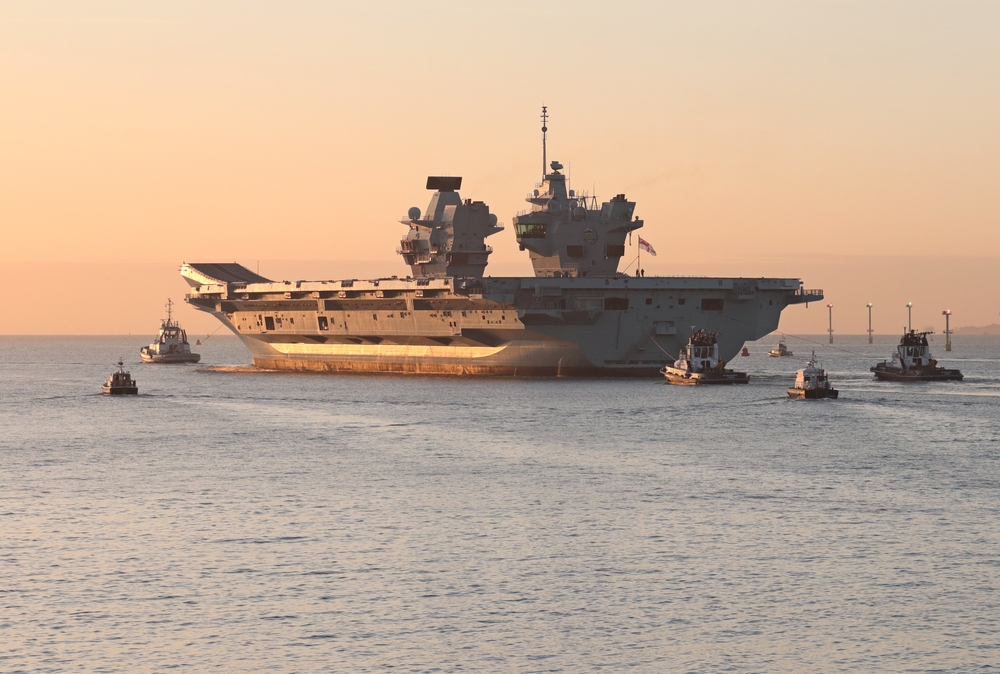
The British battleship HMS Prince of Wales, launched in 1939, participated in significant WWII battles, including the hunt for the Bismarck. It was sunk by Japanese aircraft in 1941. The Prince of Wales’ contributions and subsequent loss illustrate the evolving threats faced by battleships during the war.
USS Missouri
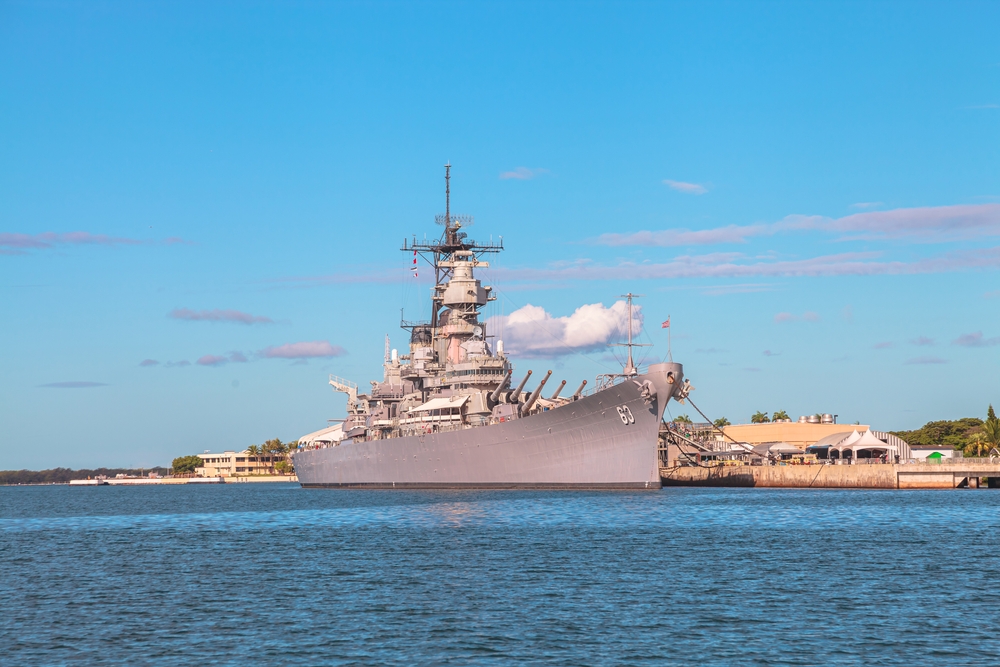
The USS Missouri, launched in 1944, is famous for being the site of Japan’s surrender in WWII, marking the end of the war. Decommissioned in 1992, it now serves as a museum ship. The Missouri’s storied career and iconic role in history underscore its significance in naval and world history.
RMS Queen Elizabeth
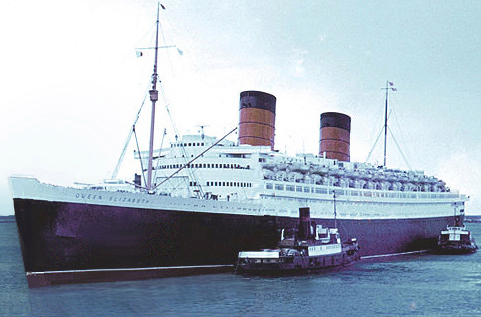
Launched in 1938, the RMS Queen Elizabeth was the largest passenger liner of its time, serving as a troopship in WWII and later as a luxury liner. It was destroyed by fire in Hong Kong Harbor in 1972. The Queen Elizabeth’s rise and fall illustrate the vulnerabilities of even the grandest ships.
USS Thresher (SSN-593)
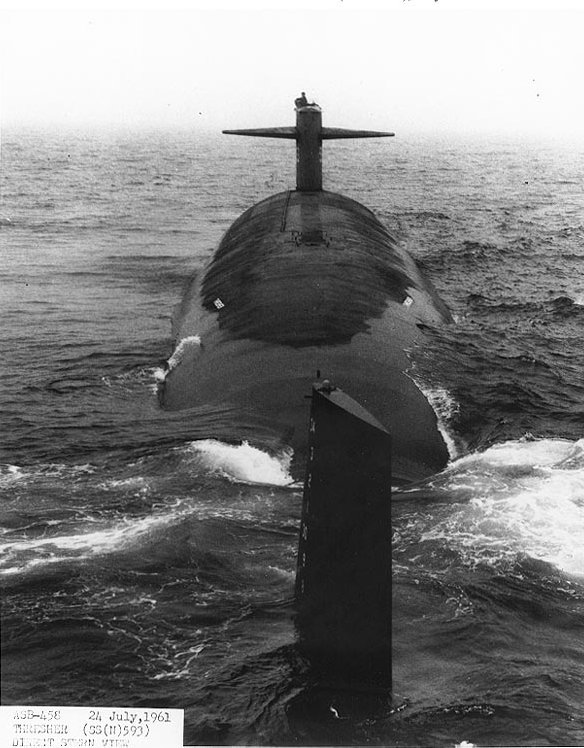
The USS Thresher, launched in 1960, was a state-of-the-art nuclear-powered submarine. It sank during deep-diving tests in 1963, leading to significant improvements in submarine safety protocols. The Thresher’s rise and tragic fall underscore the importance of continual advancements in naval technology and safety.
This article originally appeared in MyCarMakesNoise.
More from MyCarMakesNoise
8 Limited Edition Luxury Yachts Worth Investing In
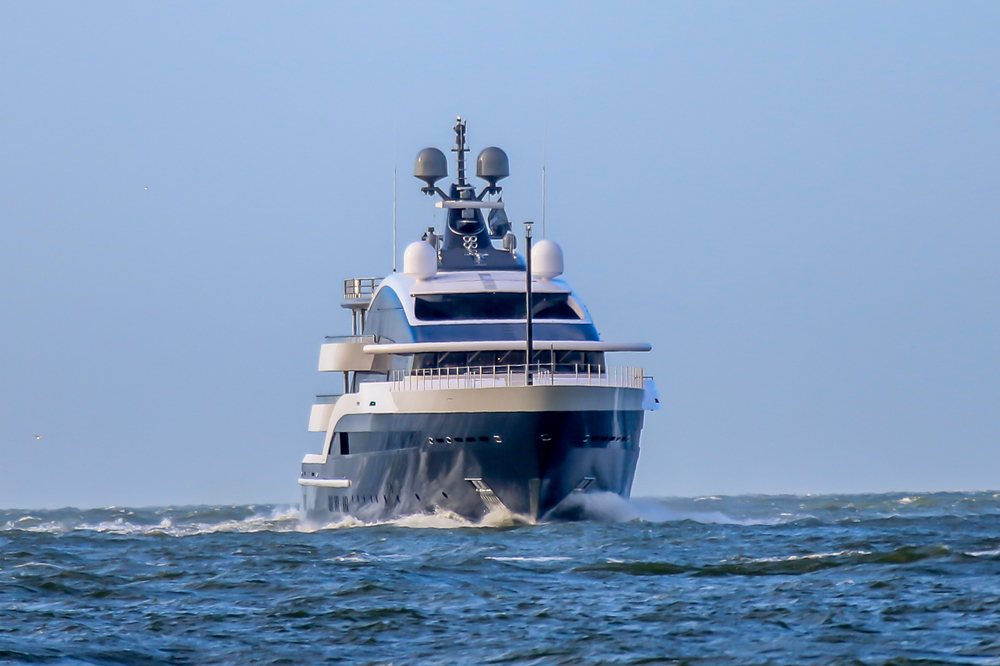
Investing in a luxury yacht is a dream for many, but finding the perfect one can be challenging. Limited edition yachts offer a unique blend of exclusivity, advanced technology, and unparalleled craftsmanship, making them highly sought after. Read More.
17 Lesser-Known Performance Cars with Impressive Specs
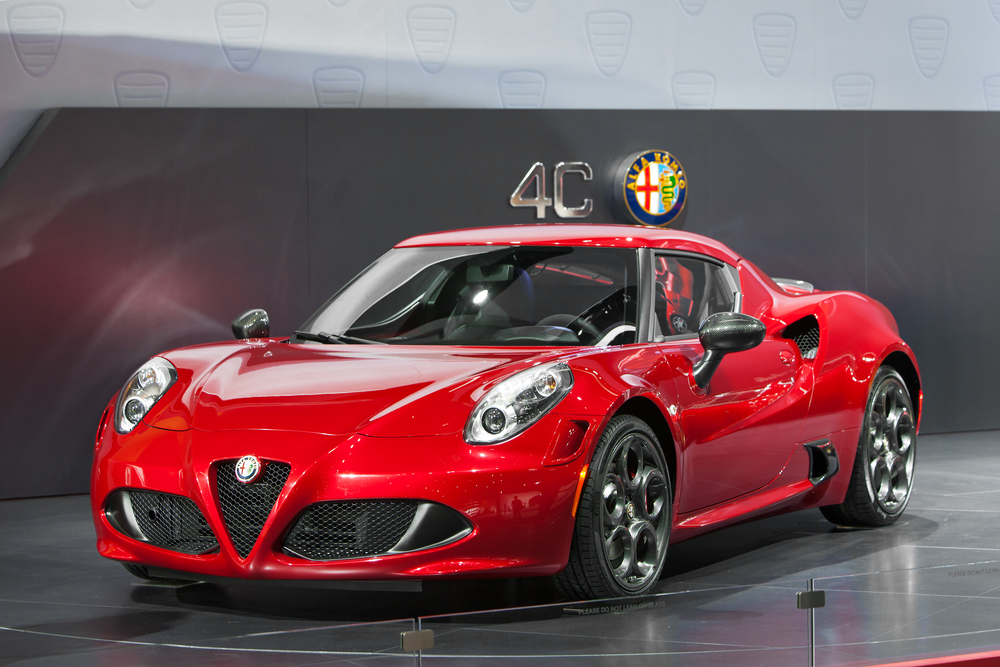
Performance cars often capture the imagination with their speed, power, and sleek designs. While iconic models like the Porsche 911 and Ferrari F8 steal the spotlight, many lesser-known performance cars offer equally impressive specs. Read More.
17 Rare Concept Cars That Became Valuable Collectibles
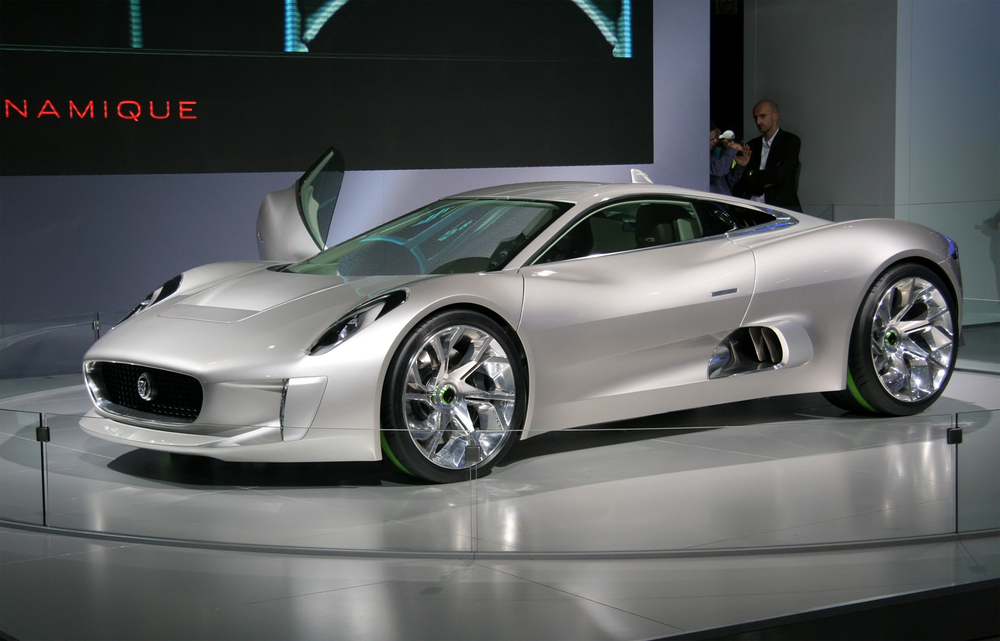
Concept cars have always fascinated car enthusiasts and collectors with their innovative designs and cutting-edge technology. Some of these rare prototypes never made it to production, yet they have become highly coveted collectibles over time. Read More.



